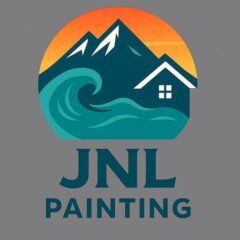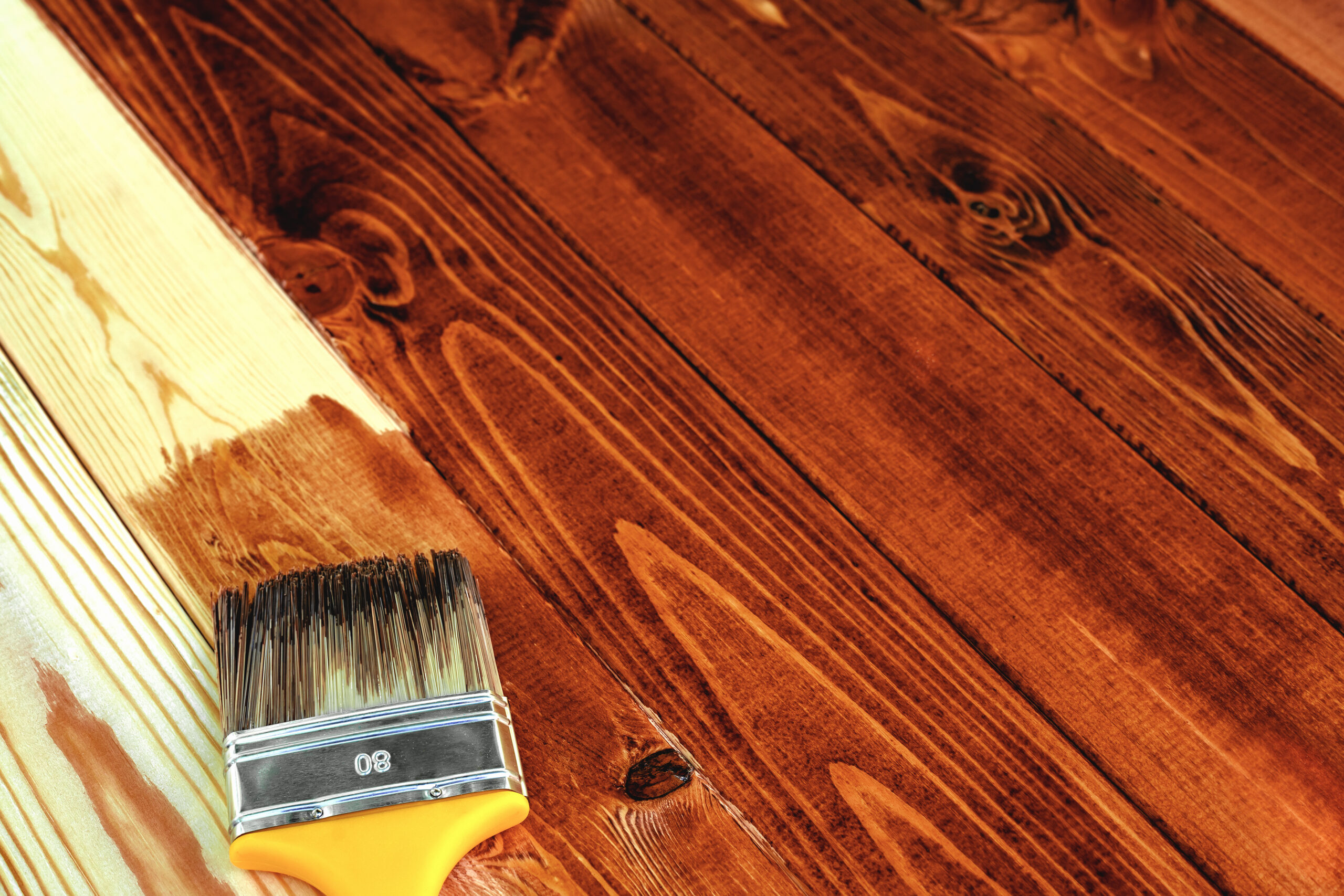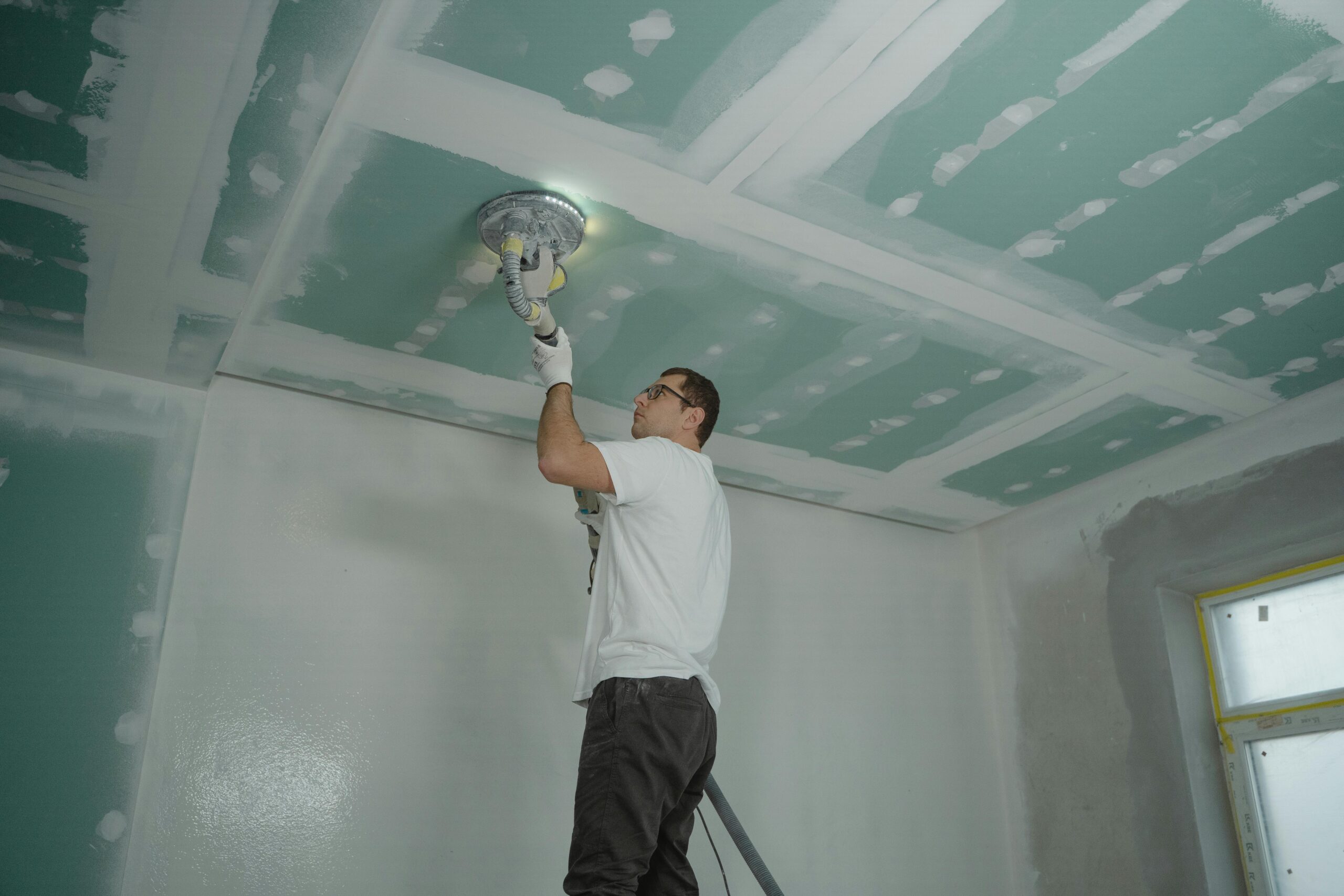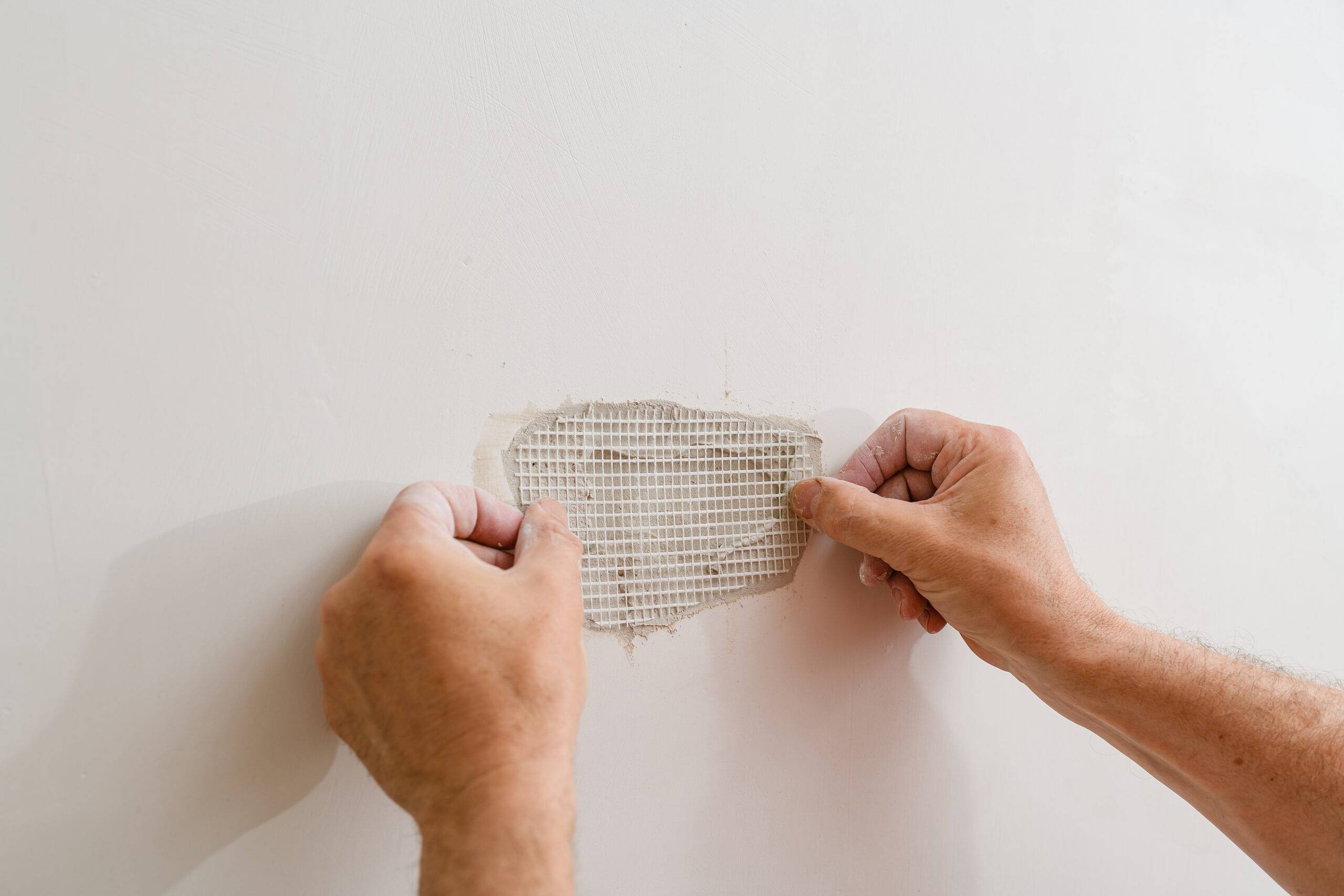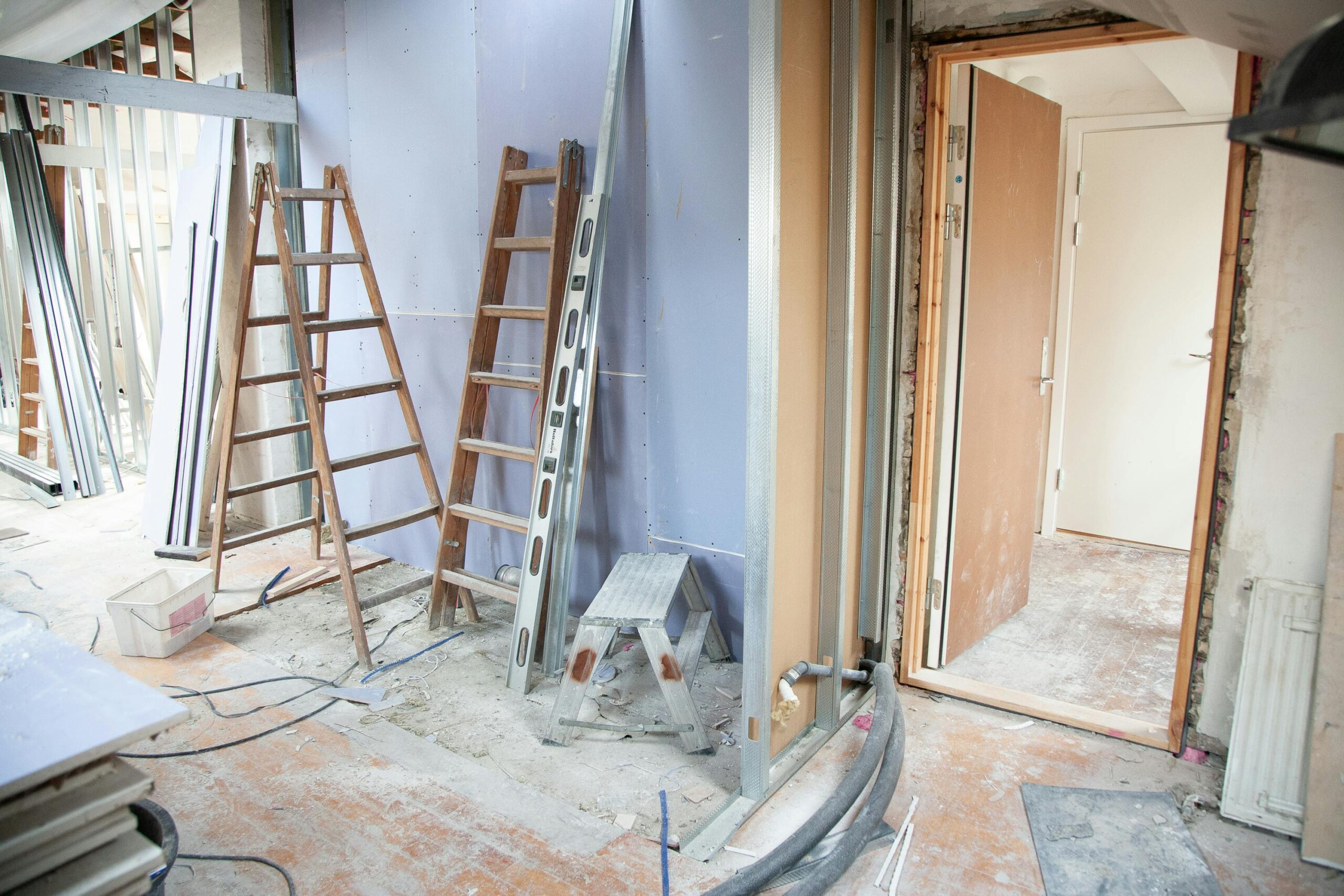by JNl Painting
At JNl Painting in Anchorage, Alaska, we specialize in industrial coating inspection services http://jnlpaintingalaska.com that are rigorous, reliable, and aligned with leading industry standards such as the Association for Materials Protection and Performance (AMPP) Coating Inspector Program (formerly NACE International/CIP). Whether you manage oil & gas infrastructure, manufacturing facilities, water treatment plants, storage tanks, or marine assets, you can trust us to deliver the inspection expertise required to ensure coatings perform and assets are protected.
Why industrial coating inspections matter
Protective coatings are a critical first-line of defense against corrosion, wear, environmental damage, and structural failure. In industrial settings, the risk is high: coatings may be exposed to extreme temperatures, chemical attack, abrasion, or moisture ingress. An improper coating system or flawed application can lead to premature coating failure, escalating maintenance costs, downtime, and even safety hazards.
A professional inspection ensures:
- The substrate and environment were properly prepared
- The correct coating system was selected and applied per specification
- Coating thicknesses, adhesion, holidays (voids), and cure conditions meet requirements
- The coating is performing as designed and any anomalies are identified early
With a certified inspector overseeing the process, the asset owner has confidence in long-term performance.
At JNl Painting we bring this confidence to Anchorage and Southcentral Alaska.
Meet the standard: AMPP / NACE Coating Inspector Certification
The AMPP Coating Inspector Program (CIP) is the industry-standard certification path for professionals inspecting protective coatings. This program was created after the merger of NACE International and the Society for Protective Coatings (SSPC) and its evolution ensures inspectors are trained to the highest level. ampp.org+2ampp.org+2
The program offers levels:
- Basic Coatings Inspector (Level 1) – covering fundamentals of coatings inspection. ampp.org+1
- Certified Coatings Inspector (Level 2) – advanced techniques including non-destructive and destructive testing of coatings on a variety of substrates. ampp.org+1
- Senior Certified Coatings Inspector (Level 3) – expert level, capable of unsupervised inspections and leading inspection teams. ampp.org+1
By working with JNl Painting, you benefit from inspector(s) who understand and follow this standard, ensuring your coating inspection aligns with global best practice.
What our industrial coating inspection service includes
At JNl Painting we tailor our inspection services to your asset type, coating system, and risk profile. Here’s an overview of what we offer:
1. Pre-inspection planning & review
- Review the coating specification / system selected for the asset
- Review surface preparation method, substrate condition (steel, concrete, etc)
- Confirm environmental conditions, applicability of the system
- Define inspection points, hold points, documentation deliverables
2. Substrate & surface preparation inspection
- Verification of surface cleanliness, profile (abrasive blast, water-jet) and dryness
- Check for contaminants, previous coating removal, rust grade, and substrate condition
- Confirm ambient and substrate temperature, relative humidity, dew point, and any necessary pre-conditioning
3. Coating application monitoring
- Monitor application methods (spray, roller, plural component) and equipment setup
- Measure dry film thickness (DFT) at specified intervals and locations
- Perform holiday (void) detection, adhesion tests as required
- Verify cure conditions, ambient/operational constraints
4. Post-application inspection & reporting
- Final coating thickness verification, adhesion testing, visual inspection for defects (pinholes, blisters, sags, runs)
- Record environmental data at time of inspection
- Provide a detailed inspection report with findings, photographs, non-conformances, and recommendations
- Provide certificate or compliance documentation if required by specification or owner
5. Maintenance & performance assessment
- Evaluate coating condition in service: check for signs of corrosion, under-film rust, wear or coating degradation
- Recommend repair strategies or recoat schedules
- Monitor coating performance over time and provide lifecycle recommendations
Asset types & industries we serve
JNl Painting’s inspection capabilities extend across a wide range of industrial assets. Here are just a few we specialise in:
- Storage tanks (above-ground / below-ground)
- Pipelines and field joints (including oil & gas)
- Structural steel frameworks and infrastructure (bridges, industrial buildings)
- Water / wastewater treatment plants (concrete and steel substrates)
- Marine, port and harbour infrastructure (exposed to salt-water/harsh environments)
- Manufacturing and processing plants (chemical, petrochemical, power generation)
- Refining, mining and heavy industry
With each asset type, the proper coating system and inspection methodology differ — we are experienced in matching our inspection approach to asset risk and environment.
Why choose JNl Painting in Anchorage?
Operating in Alaska presents unique challenges: the cold climate, remote locations, long logistical lead times, and extreme environmental exposure all demand robust coatings and inspection practices. Here’s what sets us apart:
- We are based in Anchorage, Alaska, and familiar with the local/regional conditions, contractor ecosystem, and logistical realities.
- We operate to the AMPP/NACE standard: certified inspectors, documented processes, third-party impartiality when required.
- We offer full inspection and reporting services: you get a comprehensive record of asset condition, coating compliance, and any corrective recommendations.
- We partner with coatings applicators, specifiers, and owners to ensure continuity from specification through to inspection and maintenance.
- For large or remote projects, we can coordinate on-site mobilization, documentation and support to keep the project on track.
Typical inspection workflow & timeline
- Pre-mobilization meeting: Review project scope, coatings specification, inspection hold-points, reporting requirements.
- Site setup: Inspector(s) mobilize with calibrated instrumentation (DFT gauges, holiday detectors, adhesion testers, environmental meters) and inspection checklists.
- Surface preparation inspection: Before coating application begins, the inspector verifies substrate readiness, surface profile and environmental conditions.
- Coating application monitoring: During application, periodic verification of thicknesses, holiday testing, proper equipment usage and cure conditions.
- Final inspection: At completion of coating application (or at specified inspection hold points) the inspector verifies compliance and documents results.
- Reporting: Within days of inspection, we provide a detailed report including photographs, instrumentation data, non-conformances, recommendations, and certificate of compliance (if applicable).
- Follow-up/maintenance inspection: At specified interval we can return to assess coating performance, check for degradation, and recommend repair or re-coat.
What you will receive from our inspection service
- A digital report (PDF) with complete inspection findings, instrumentation readings, photographic evidence, non-conformance log, and recommendations.
- A certificate of compliance (if required by your specification/owner) showing the job met the required criteria or noting deviations.
- A summary of repair or re-work items where necessary, with priority classification and cost-impact commentary.
- A “lessons learned” or “best practice” summary if relevant (particularly useful for future projects or maintenance scheduling).
- A log of inspection dates, inspector credentials, equipment calibration data, and chain of custody (important for owner-records or audit purposes).
The value of a certified coating inspection
Choosing a certified inspection provider like JNl Painting (with AMPP/NACE-trained inspectors) brings several benefits:
- Risk mitigation: Early detection of coating issues means you can avoid corrosion and structural failures that carry high cost and safety implications.
- Quality assurance: You know the coatings were applied per specification, substrate prepared correctly, and documentation is in place.
- Lifecycle cost savings: A good inspection program extends asset life, reduces maintenance frequency, and lowers risk of unplanned shutdowns.
- Specification compliance & auditing: Many owners, insurers, and regulators require certified inspection credentials for liability and compliance reasons.
- Professional credibility: Having AMPP/NACE certification reassures stakeholders (owners, contractors, insurers) that inspections were done by qualified professionals.
As one summary puts it: “Industrial coating projects can be large and complicated… our NACE certifications go a long way toward achieving this goal.” Painters USA
FAQs – Industrial Coating Inspection for Alaska Projects
Q: How long does an inspection take?
A: It depends on the asset size, access logistics, coating type and number of hold-points. Small structural steel jobs may be completed in a day; large tanks, pipelines or remote assets may take several days, plus reporting time.
Q: What happens if non-conformances are identified?
A: The inspector will record each deviation, classify its severity (e.g., critical, major, minor) and recommend corrective action. We coordinate with your team or contractor to ensure timely remediation and follow-up inspection if required.
Q: Do we need to stop production to carry out inspections?
A: Not necessarily. Many inspection activities can occur during application or at hold-points built into the workflow. However, accessibility, environmental control, and safety must be maintained for accurate inspection.
Q: Can you inspect coatings on concrete as well as steel?
A: Yes. While many industrial coatings are on steel, we have experience inspecting coatings on concrete substrates (e.g., water treatment plants, wastewater tanks, structural concrete). These require different preparatory criteria and inspection methods, and our inspectors are qualified to assess them.
Q: Do you provide maintenance inspection after coating application?
A: Absolutely. We offer periodic condition assessments to track coating performance over time, identify wear or degradation, and support a proactive maintenance strategy.
Q: Why is Anchorage/Alaska different from other locations?
A: Unique factors in Alaska include extreme cold, long daylight-darkness cycles, remote logistics, and higher environmental exposure (salt, moisture, freezing/thaw cycles). Coating systems and inspection practices must account for these. At JNl Painting we have the local knowledge and logistical experience to manage these challenges.
